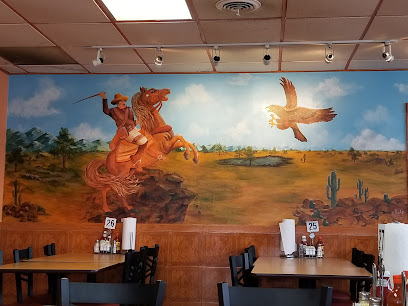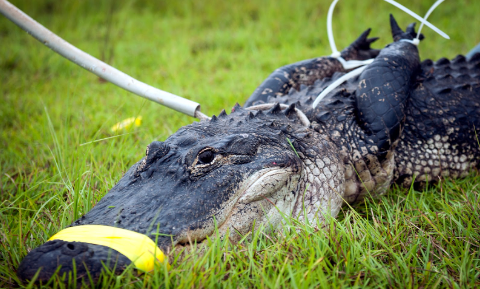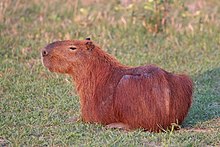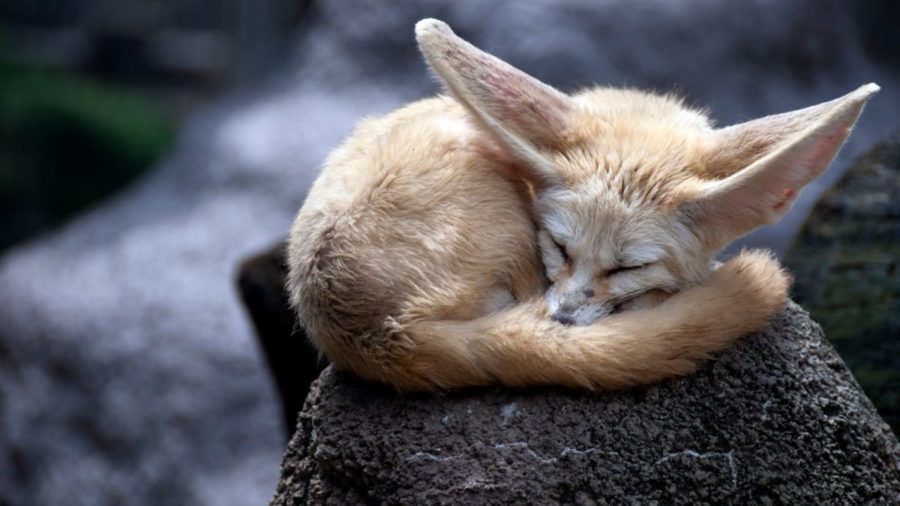The Life of Wolves
May 8, 2017
Wolves are top predators. They keep prey populations to a safe amount that balances the ecosystem. Wolves can run up to a speed of five to six miles per hour, but when they chase prey they can briefly reach a speed of 35 miles per hour.
Grey wolves are a variety of colors including white to light grey and tan to black. There are also several species of grey wolves. Canis lupus, as it is called scientifically, can be found in North America.
They breed once a year between January and March. The mother gives birth, around 65 days later, to four to six pups in April or May. A wolf’s life span is usually four to five years. Some wolves can’t reach 15 years of age.
It’s hard to discern between wolves and coyotes, but look carefully. Wolves are much larger. They have much smaller and rounder ears. Coyotes have taller and much more pointed ears. Wolves have a much more broader and shorter snout while coyotes have a narrow and more pointed nose. The fur coloration on wolves and coyotes are similar. It’s not a good indicator for separating the two.
The wolf howl is much also longer and drawn out while a coyote howl is a shorter, yapping sound. The wolf howl is used for communication. They do it to gather the pack, defend territory, maintain social bonds with other packs, or attract mates.




























